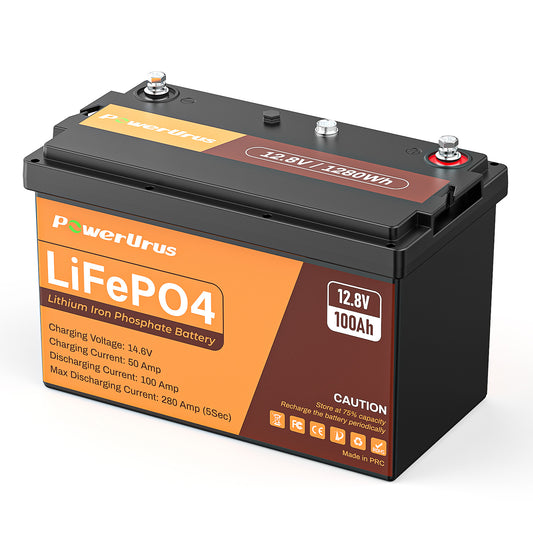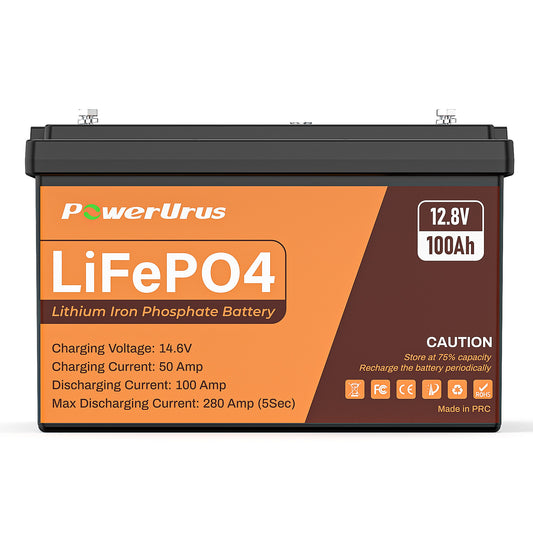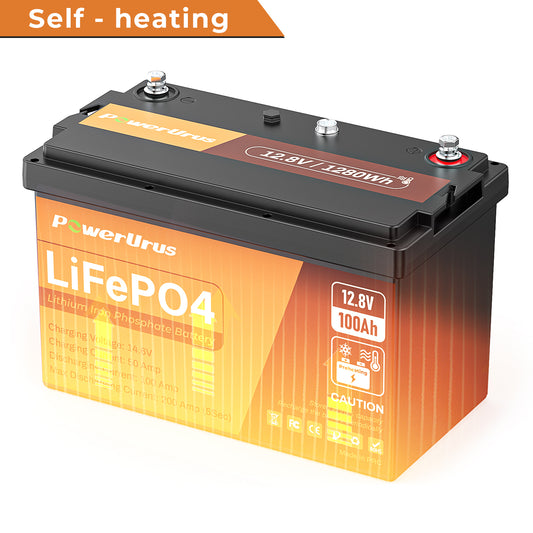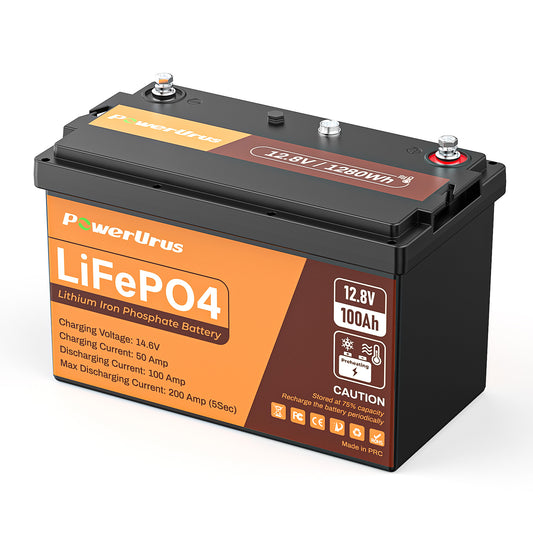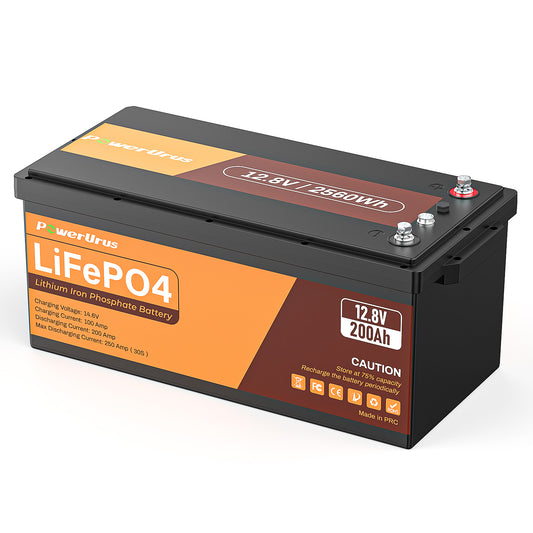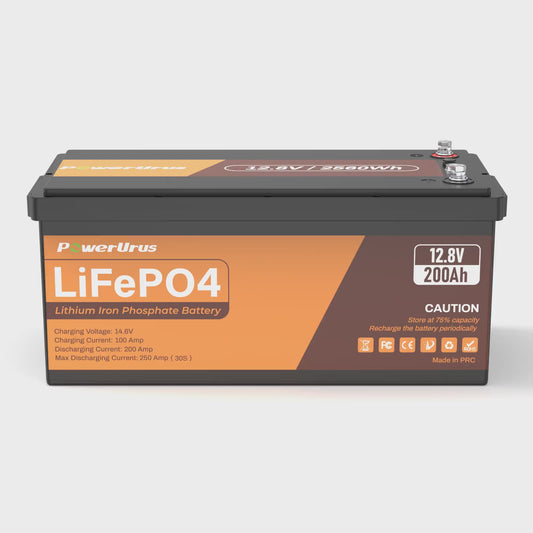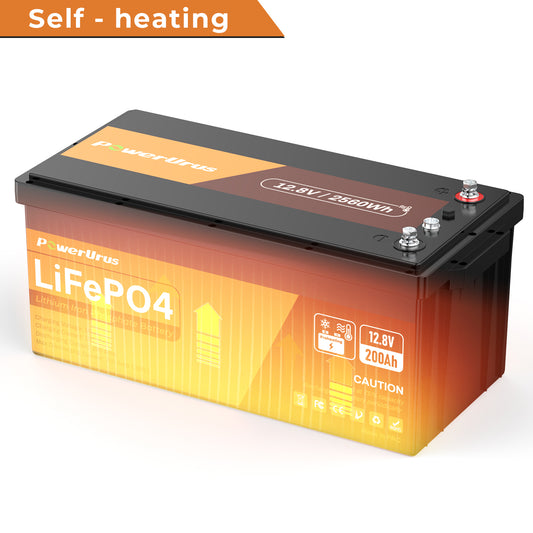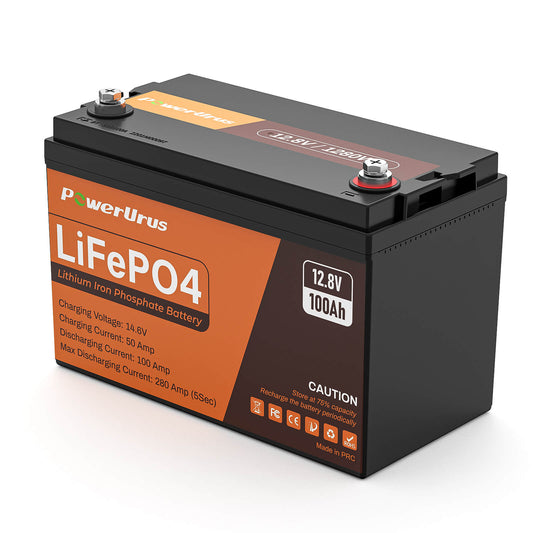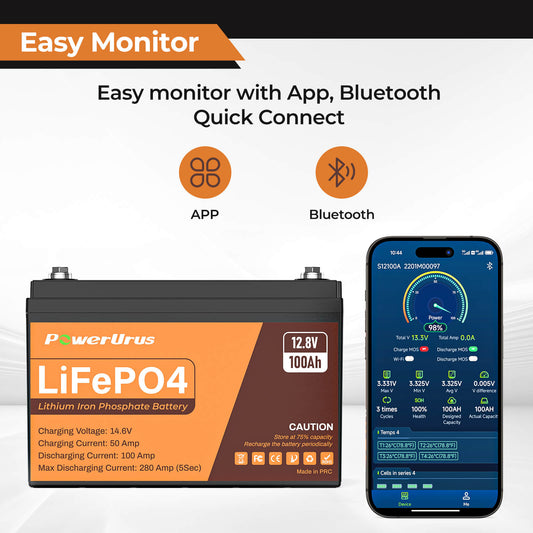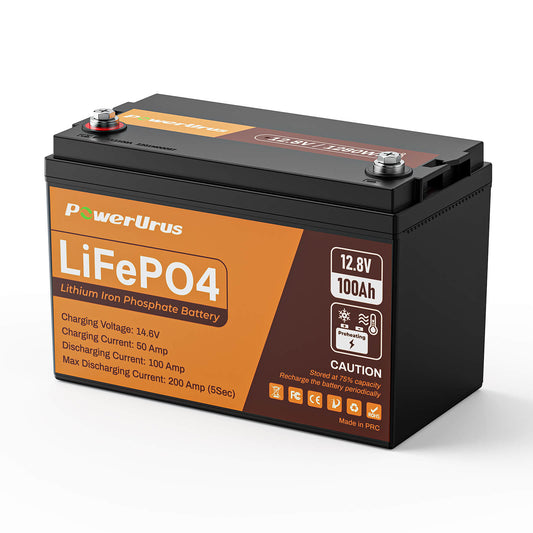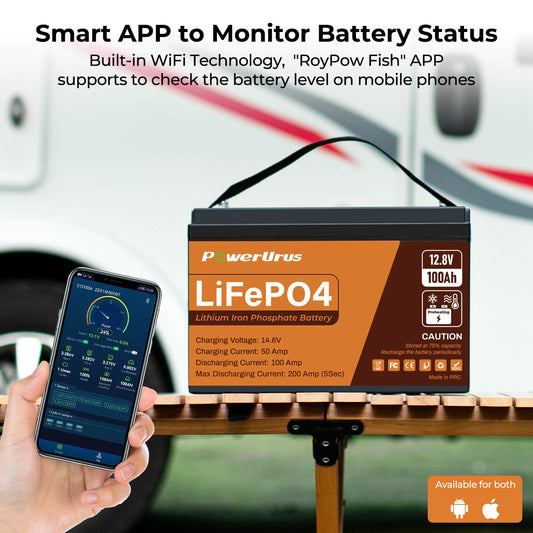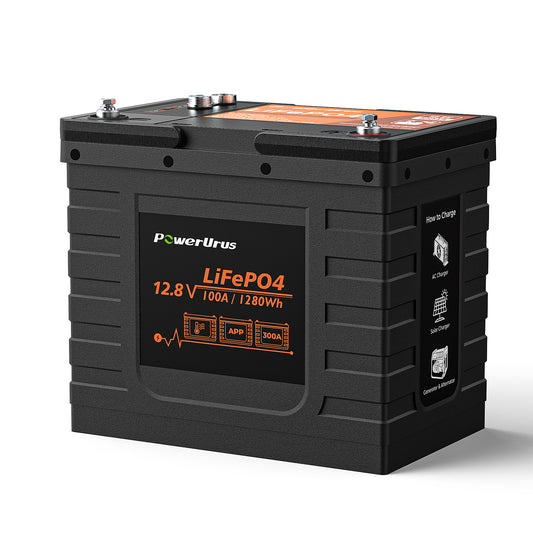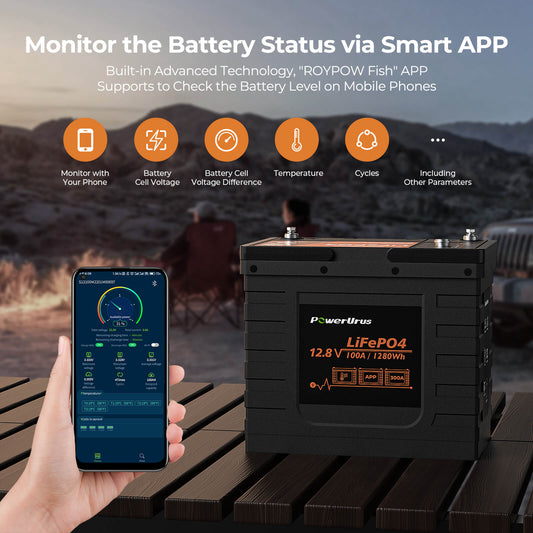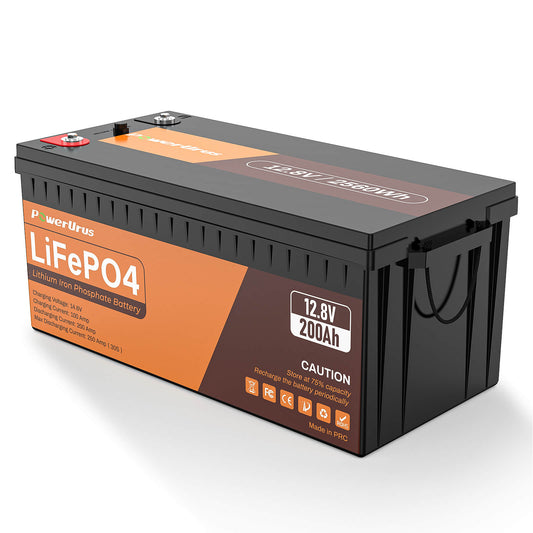How to Charge a Lithium Iron Phosphate (LiFePO4) Camper Battery
Lithium iron phosphate (LiFePO4) batteries are a popular choice for campers due to their long lifespan, lightweight design, and high efficiency. However, charging them correctly is key to maximizing performance and safety. Here’s a tailored guide:
1. Charging Basics for LiFePO4 Batteries
Voltage Requirements:
LiFePO4 batteries require a constant voltage charge, typically between 14.2V–14.6V (for 12V systems). Avoid exceeding this range to prevent damage.
Charging Stages:
Bulk Stage: Delivers maximum current until ~80% capacity.
Absorption Stage: Gradually reduces current to top off the battery.
Float Stage: Maintains a lower voltage (~13.6V) to prevent overcharging.
2. Best Charging Methods
Dedicated LiFePO4 Charger:
Use a smart charger specifically designed for lithium iron phosphate chemistry. Generic lead-acid chargers may not work safely.
Solar Panels + MPPT Controller:
Pair solar panels with an MPPT charge controller programmed for LiFePO4 settings. Avoid PWM controllers, which are less efficient.
Alternator Charging (While Driving):
Install a DC-DC charger to regulate voltage from your vehicle’s alternator. LiFePO4 batteries charge faster than lead-acid but need stable input.
Shore Power:
Ensure your RV’s converter is lithium-compatible. If not, upgrade to a LiFePO4-friendly converter.
3. Key Tips for LiFePO4 Care
Avoid Full Discharge:
Unlike lead-acid, LiFePO4 batteries can handle deeper discharges (down to 20%), but frequent full drains shorten lifespan.
No Float Charge Needed:
LiFePO4 batteries don’t require a float charge for storage. Simply charge to 50–80% if unused for months.
Temperature Awareness:
Charge between 32°F–113°F (0°C–45°C), Extreme cold or heat can harm cells.
Use a Battery Management System (BMS):
A built-in BMS protects against overcharging, overheating, and short circuits.
4. Advantages of LiFePO4 for Campers
3,000–5,000+ charge cycles (vs. 500 for lead-acid).
Lightweight (up to 70% lighter than AGM).
Faster charging (accepts higher current).
Minimal voltage drop under load.
Final Safety Note: Always follow your battery manufacturer’s guidelines. With proper care, a LiFePO4 battery can power your adventures for years!

